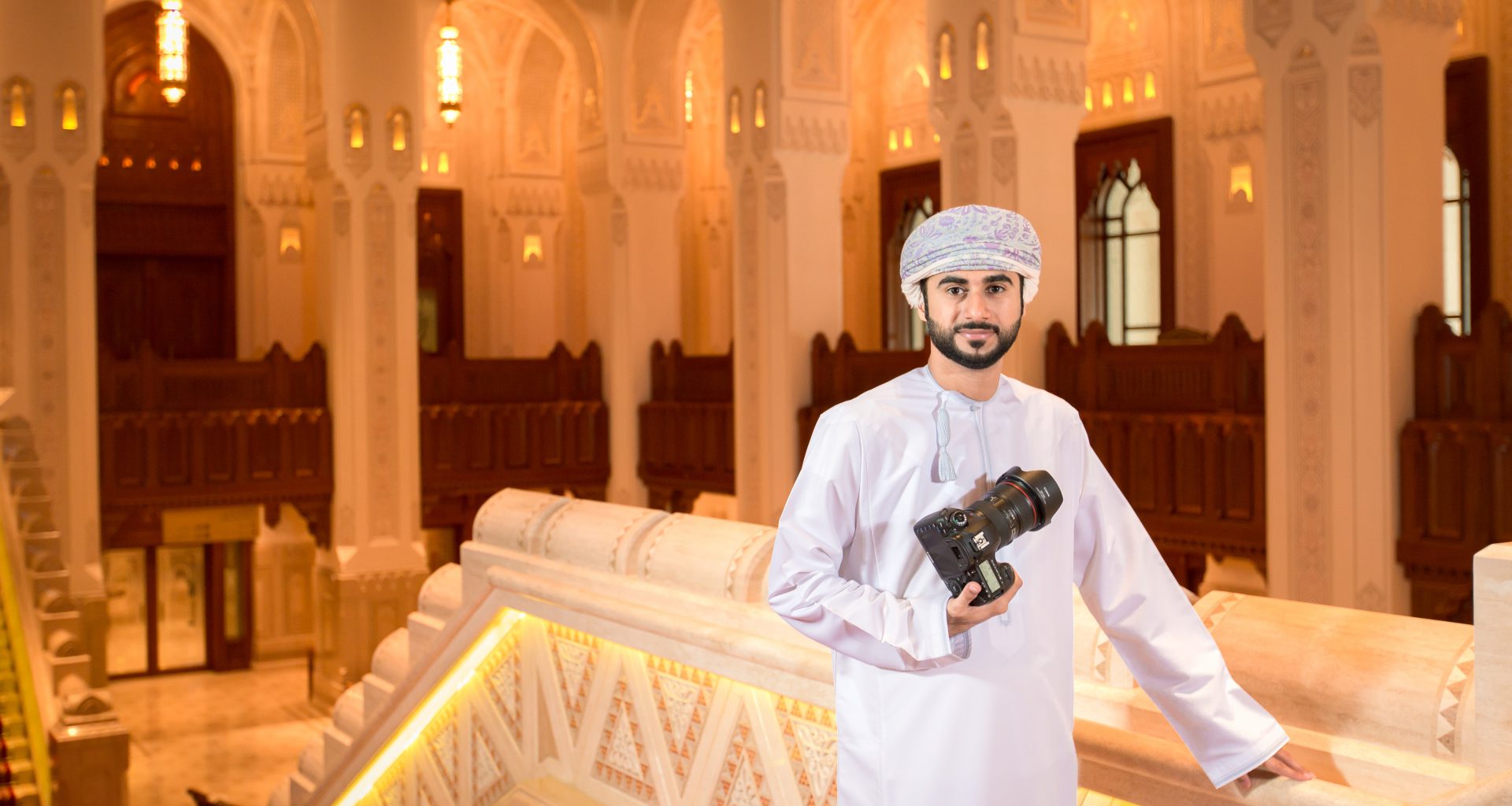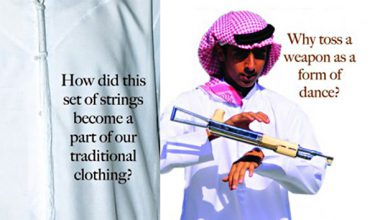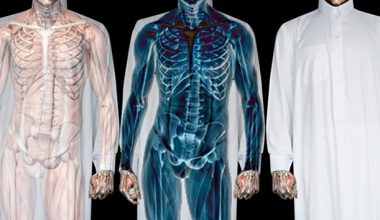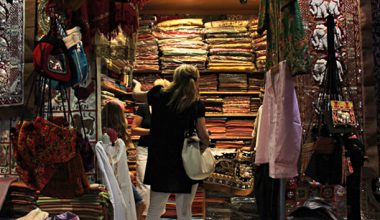Many have seen breathtaking images from the Royal Opera House Muscat, images that have been used around the world by the BBC and National Geographic, yet few know the man behind the lens. Sharifa Al-Badi sat down with House Photographer, Omani national Khalid Al-Busaidi, to discover more about how his childhood hobby turned into a spectacular career.
It was a cool evening in Muscat, sitting by the beach was the perfect setting to have a conversation with a passionate photographer. The waves were gently rolling in and out in front of us, and if being a good photographer meant serenity and precision then Khalid embodied this. Proudly adorning the Omani formal dress, photography gear in hand, his presence brings a strange sense of calmness. His answers were like the captured moments in photographs; steady but well composed.

How did your journey into photography start?
My dad had one of these old cameras that I was obsessed with and he would take pictures of his friends, dinners he attended or hosted. I guess my dad’s interest in photography is what sparked mine. At first, my family thought it was a childish obsession but it became my career and I am happy about that.
How did they react when you told them you wanted to study photography?
Naturally, they told me to study something more feasible but they did not stop me, no one anticipated that months after I graduated I would be the House Photographer of one of Oman’s most important cultural sites. I love photography; for me that meant to eat, breathe, live, and study everything about it.
How is it day to day at the ROH?
Well it’s beautiful and different, there is no set routine. I am lucky I get to meet so many artists from all over the world. I even got to meet my favourite cellist Yo-Yo Ma. I have to attend all shows and events related to the ROH and take pictures, I even get to attend rehearsals, which is fun, and get personal with the crew. I take photos of them before the show, which I think is really important, you have to connect with your subjects. Sometimes I work late during evenings, on weekends, and holidays.

Tell me more about your technique…
I use a Canon 5D MK3, which has silent mode so no one can hear the shutter sound and of course I need a sharp lens. Some photographers like their pictures over saturated but I like mine to be balanced and up to 90% closer to “Reality.”
What makes a good photo?
There are things many of us don’t notice. For me, taking photos was about capturing moments, scenes that people may have missed or didn’t see. You know? They look back and think, “Wow, when did this happen?” I guess that’s what I want my photos to portray. Let me show you some pictures.
(Khalid takes out his laptop and shows me an array of images) I remember my favorite picture, a ballerina in her tutu in mid-air, he tells me this is during rehearsal’s no one is really watching her but he hoped to capture the emotion in her moves and poise as a ballerina.
It is impossible to capture what the naked eye can’t see, but it is possible to capture a fleeting moment, a certain point where it is worth it to make time stop. Sometimes we are experiencing something and the moment is over too quickly. Photography allows you to document life the way you want to see it.

Have you been featured in any exhibitions?
I am really glad for my solo exhibition ‘Music Reflections’ last year, which was composed of 45 images in light of Oman’s 45th National Day for the best performances at the Opera. There is also a book published by the ROH with my photos, which did really well. I am planning to exhibit my work internationally soon and this exhibition will focus on unique angles of Royal Opera House Muscat performances.
How is the photography scene in Oman right now?
I’m glad to say that many Omani photographers have won international awards all over the world. We’re aiming for more recognition and participation in competitive challenges between photographers across the world.
Words by Sharifa Al-Badi
Images courtesy of Khalid Al-Busaidi
This interview was first featured in Khaleejesque Magazine Issue #23, Sep/Oct 2016







